One of the finest ways I know of acquiring knowledge is by watching fish and assessing how they react to baits and rigs.

It really is an eye opener and everyone should make it their number one priority to find a lake where up close observation of carp is possible.
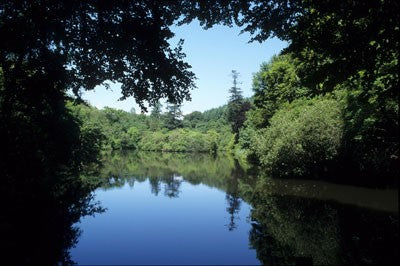
Watching them in their natural environment is certainly an important part of the watercraft jigsaw, and time spent actually looking rather than doing can teach you more in a few hours than a lifetime spent idling in your bivvy for days on end. For instance, when I first started carping in Cornwall, I was lucky enough to find not one but several lakes where I could watch the carp without fear of spooking them, and it was enough for me back then simply to go to the lake and watch the fish.
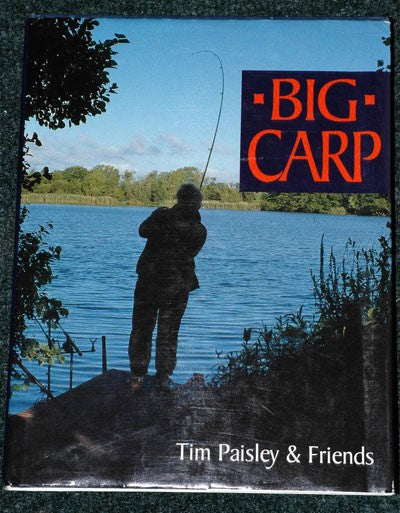
I became so caught up in the natural history of carp that actual carp fishing took second place to carp watching. Indeed one of the first carp fishing articles I had published was all about what could be learnt from watching them and seeing how they fed and how they behaved in general. I wrote quite frequently about this subject in various magazines, so much so that Tim Paisley asked me to contribute a chapter about it for his second book.
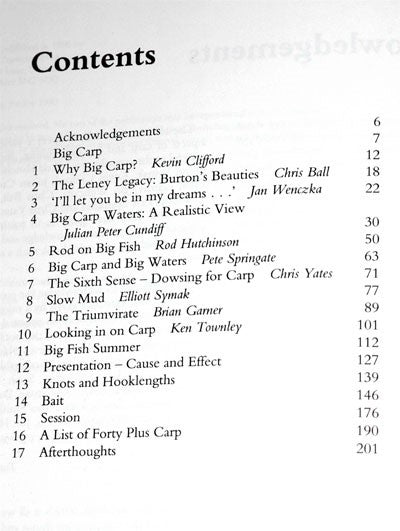
My chapter was called, "Looking in on Carp" and as you can see from the other guests' contributions, I was in pretty auspicious company!

A great deal of my chapter in the book was devoted to time spent on a small Devon lake and it was here that I first got into particle bait fishing, thanks to Rod’s inspirational and ground-breaking chapters in 'Angling' magazine. Initially my mate Bill caught the bug of fishing particles and he passed it onto me when we fished the Devon Lake together in the late 70s and early 80s. Incidentally, if you have never tried using Robin Red to add pulling power to any particle bait, then I suggest you give it a go.

Bill passed on a lot of Home Counties secrets when we fished together, including the original hair and Robin Red and as far as I know I was the first guy ever to use either in Cornwall. The bait Bill gave me was simplicity itself being 7oz ground Nectarblend 1oz Robin Red and 2oz Wheat Gluten. As you would expect this bait and the hair gave me a hell of an edge and for a while I could do no wrong on my local lakes. This photo is of 'Big Daddy' a park lake mirror that also featured in one of Tim's books.
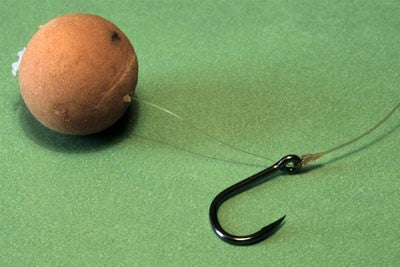
Just because a rig will work well on one lake, it does not automatically follow that the same rig will be equally effective on another. For instance, when we first started fishing a large reservoir in 1982 we used this progression of the original hair that was developed by the Richworth duo on the Cons Club and Savay. There were three of us on the rig and we were pretty successful on the lake, feeling that the rig was the prime reason for our success. Imagine the shock, then, when I watched the carp in the park lake pick up and reject the same rig without even twitching the line! Observing those rejections helped me amend the rig and improve it, but it also taught me not to be too blasé about things when they are going well as they can soon start to work against you rather than for you.
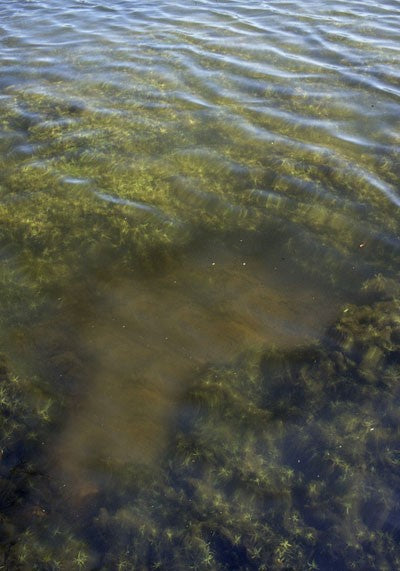
I mentioned in a previous blog about learning lessons in a small water before taking them on to your larger lakes. I used to be scared stiff of weed in my early days as a carp angler but fishing small venues taught me that there are always ways to combat it. This inviting hole in the weed was kept clear on a regular basis by carp feeding on bait that I would put in after dark to defeat the bird life. In time I caught virtually every fish in the lake from this small feature!
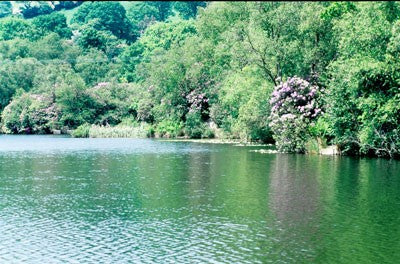
This photo shows another lake where I would watch carp feed and also fish for them in the edge. There were many spots where you could scramble through the undergrowth down to the water's edge, part the weeds and bankside flora and fauna and look down directly onto the lake bed a few feet below.
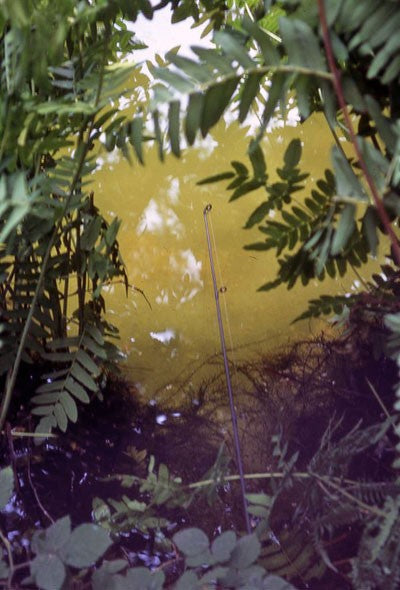
In the crystal clear water you could see more or less every stone and pebble and any bait that was introduced was also easy to see. It was equally easy to see when it had disappeared too and many is the time we would actually watch carp move in on a bed of bait that we had put in just a few minutes earlier. The fish were not at all suspicious as we hid ourselves well behind the undergrowth. It was exciting stuff I can tell you. This is just such a swim as described above where I could see the lakebed and watch as fish swim over the top of the bait carpet, and this is how we used to fish it. No buzzers, bivvies or bedchairs, just the rod laid on the deck, the line going straight down to the gravel below. The clutch on the reel was set lightly and when it started to sing you were in!

This is a photo - sorry, not a very good one! - taken in the same swim as above. You can just see the orange coloured boiled baits on the lakebed here. The water is about four feet deep right under the tip, but it shelves away quickly into ten feet of water just a rod length’s out. The fish used to ghost up the slope and start to graze. It was heart-stopping stuff. You could more or less pick your fish. If you spotted a carp sidling up to the hookbait and reckoned it was too small you simply took the bait away from it...sometimes, though, it would chase after it. Not many anglers have seen that, I'm sure!

As soon as you got a take you had to hang on for dear life, manoeuvre to your right to a small open area, and there you could play the fish out. The clarity of the water is obvious, which is what made the fishing so exciting. You could see everything that went on, bait, carp, the lot!
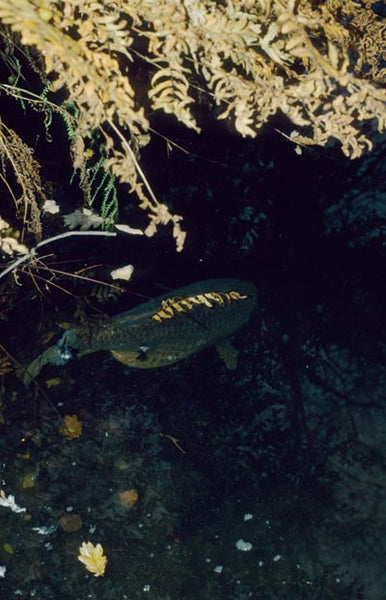
This is one of my favourite photos. I was fishing the next swim along to the stalking swim shown above and the dusk was well advanced. This is most carp anglers' favourite time of day and certainly I felt very confident. It was almost dark and I could no longer see the bottom but I felt certain there was a fish or two in the swim. I decided to risk a shot with the flash, guessing at exposure and focus and firing off three shots one after the other. This is the best of them. It shows a twenty pound common feeding on the bait carpet - hempseed in this case.
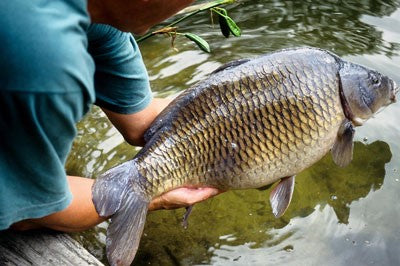
I had to leave the lake as there was no night fishing allowed, but the next morning I returned to the swim and caught that very same fish!
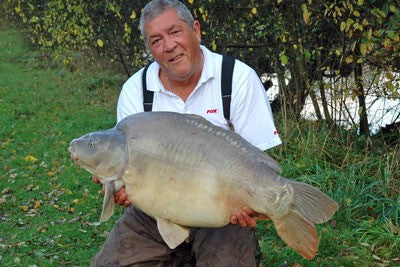
One of the most challenging aspects of watercraft is deciding is whether to move or not. Sometime you get that feeling that you are in the wrong place or at the wrong time. You feel that you should have had some action but none has been forthcoming. So, do you move or not? Logically most would say, yes, but there will always been that niggle at the back of your mind that you might be moving out, just as the fish are about to move in! Sadly there is no set of rules for anglers to follow which dictates just how long it is reasonable to blank in a swim before moving. Similarly there is no quick and easy formula for success and more often than not the decision to move or stay will be governed by instinct or laziness! Doing nothing is easier but not necessarily the best option. Only you will know if it is worth moving or straying put. This is a fish from the main lake at le Queroy that came along just as I had decided to move! Needless to say, I stayed put!
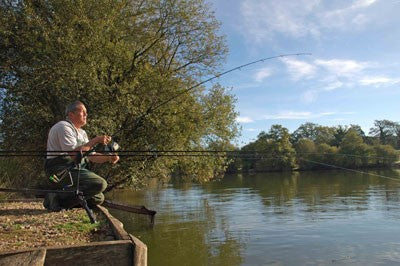
Talking of le Queroy, this lake is a perfect example of how carp can be pressured off an area by over baiting and one of the most important aspects of watercraft is how and where you apply bait. It has always been my belief that the fish in this lovely little lake react positively to good bait and negatively to a bait that they can take or leave. Once or twice I have followed a previous client into a swim only to blank until I moved. Why? I believe it was because the previous occupant had been over ambitious in his use and application of a poor quality bait. By moving only a few swims down the lake I have been able to move away from any negative effect such a strategy may have had. This is a photo from a few years ago when just such a move paid off.
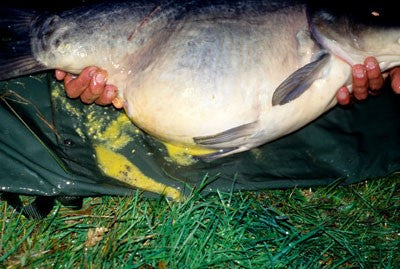
For many years in I fished College Reservoir and this was one lake where the carp could prove very elusive. Most of the regulars fishing the reservoir would automatically move after a 24-hour blank. I was not a follower of this practice as I firmly believed that it could take cautious or suspicious carp up to 48 hours, or at times even longer, to home in on a bait carpet with confidence. Of course, the better your bait, the greater your chances of getting them going in a swim. Clearly this carp liked his Nectarblend-based boilies!
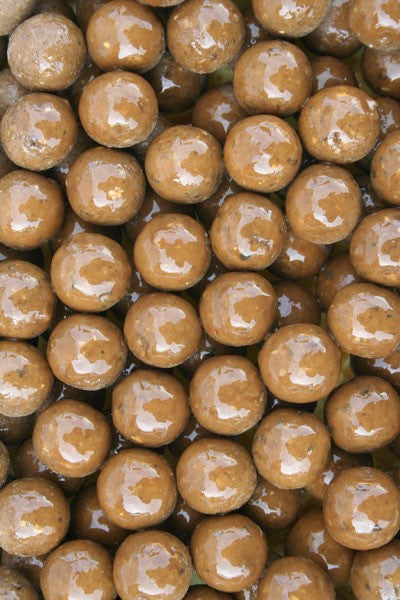
It is no secret that I am a fan of what I term 'proper' bait and while I am aware that many of my readers think I over-emphasise this aspect of fishing, I firmly believe that the use of a decent bait is as much a part of good watercraft as anything else. Good bait catches carp; poor bait does not!
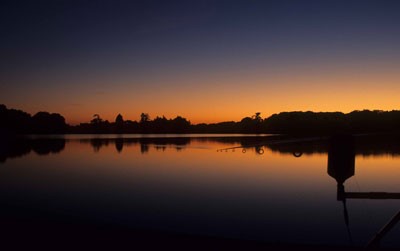
Of course, the question of whether to move or stay put will in no small part depend on your choice of swim in the first place. If you are plagued by doubts before you even set up, you might as well go home! Confidence in your own ability to pick the right swim is a key attribute of all the most successful anglers and they seem to know instinctively when it is time to up sticks. However, there will be times when you simply cannot move. This is a large French lake where it is hard to move as all the swims are booked in advance and it is seldom that you find one free to move into, even if you wanted!
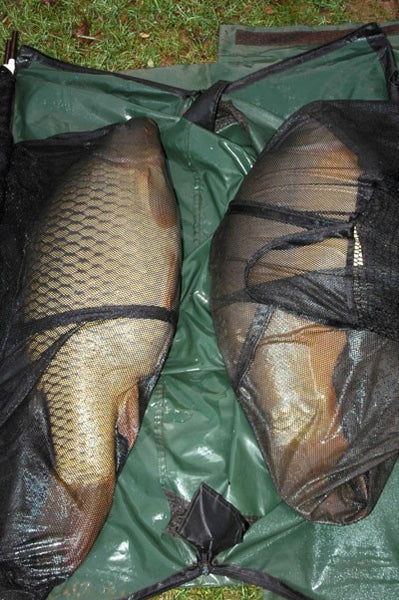
Of course, you can only spend so long in a swim without catching before getting itchy feet, but in my experience if you are fishing a long session it is often best to sit on your hands for a while and let the bait start to do its work. Staying in a swim where nothing is happening simply to let the bait get to work may be a weird concept to most of you who have only limited time at your disposal, but on extended stays such as many of you fish in France, you will probably have at least a week to get them going. I firmly believe that if you are using a good bait they will find it sooner rather than later and when they do you will have them as this brace shot from a session at le Queroy shows.
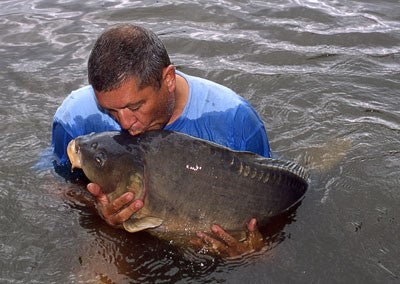
Having said that, clearly it is pointless sitting it out in a swim without any takes for days on end, but there is no point in moving simply for the sake of it. This forty pound mirror was one of thirty fish I caught in a week having waited patiently without a take for nearly three days. However, I was 100% confident I was in the right spot with the right bait and the right tactics and that I would catch sooner rather than later.
Written by Ken Townley


